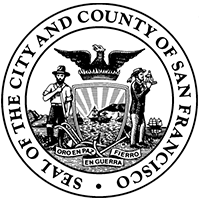What is Connect SF?
Connect SF is a multi-agency effort to create a coordinated, long-range transportation vision for San Francisco that will guide the development of an effective, equitable, and sustainable transportation system and reflects our values.
The Connect SF program will result in:
- Future scenarios that help San Francisco better prepare for change;
- A 50-year transportation vision to align efforts between separate city agencies;
- A prioritization framework to help San Francisco turn its transportation vision into actual projects; and
- Greater public and political support around key choices and trade-offs ahead for transportation and land use.
Why is this important?
Transportation affects everyone’s daily lives – whether you walk, take public transit, drive, carpool, bike, or car-share.
Building and managing complex transportation systems that meet the expectations and needs of the public requires carefully coordinated planning many years in advance. With the city’s continued growth in people, housing and jobs, our streets and our public transportation system are already stretched to capacity. Connect SF is designed to address these changes so we can invest in infrastructure smartly. The transportation vision will be the guiding framework for creating and updating long-range transportation plans and policy documents moving forward.
We know that the decisions we make today will have lasting effects for generations to come – just as projects conceived years ago affect our daily lives now. The more we learn about the priorities, concerns, and challenges of today’s San Franciscans, the more we can prioritize transportation investments that will secure a better system for future generations.
How is this going to work?
Connect SF is convening a diverse Futures Task Force in June 2017 to identify possible directions the future of transportation in San Francisco could take. The Futures Task Force will use scenario planning techniques – a proven, participatory approach to visioning that combines rigorous foresight with imaginative new possibilities.
These diverse scenarios of possible futures will be presented to the public to provide insights to help the Futures Task Force draft a “preferred future” scenario when it reconvenes in September 2017. The “preferred future” scenario will then form the basis for the transportation vision, which will reflect San Francisco’s values and guide city agencies as they embark on long-range transportation planning.
Who is on the Futures Task Force?
This group will represent a diversity of people, perspectives, and knowledge. It includes key transportation and land use decision-makers and advocates, as well as youth, social innovators, business leaders, domain experts on a wide range of issues, future thinkers, and members of the general public. By combining the knowledge of both the Futures Task Force and the general public, Connect SF will be reflective of San Francisco as a whole.
What’s the time commitment?
We request a commitment of 3 days of your time between May and September of 2017, to meet as the Task Force, plus a few hours of independent learning and thinking.
| Activity | Description | When | Estimated Time Commitment |
|---|---|---|---|
| Co-Learning Events (in-person) |
Attend a minimum of 1 and up to 3 expert-led field trips on key drivers of change. These include:
|
May 18 May 25 June 9 |
We ask that each Task Force member attend one half-day event. Members are welcome to attend additional events if more immersion is desired. |
| Research Review (independent) |
Review a web-based Futures Primer containing curated research of diverse perspectives on the future. | Early June | 1 to 3 hours |
| Scenario-Building Workshop (in-person) |
Co-creating scenarios on the future of San Francisco with implications for transportation and land use. | June 20; noon to 5:00 pm June 21; 9:00 am to 5:00 pm |
1.5 days |
| Scenario Feedback (webinar) |
Provide feedback on future scenarios. | July 25 July 26 August 4 |
1 hour |
| Strategic Implications Workshop (in-person) |
Identify a draft preferred future and its strategic implications and initial priorities. | October 4; 9:00 am to 5:00 pm | 1 day |
| Preferred Future Feedback (independent) |
Provide feedback to draft findings and preferred future scenario. | October | 1 to 3 hours |
What should I do to prepare?
Please come with an open mind, a curiosity to learn (and possibly unlearn) new things with people holding different viewpoints, and a willingness to challenge your own assumptions about what’s possible.
In addition, in the weeks to come, we will send you background material and curated content on key drivers of change.
What are the benefits to Futures Task Force members?
- Generational impact: Your input will help shape the future of San Francisco’s transportation planning.
- Strategic foresight: An opportunity to learn strategic insight and foresight techniques which you can apply to your strategic plans and personal life.
- Potential partnerships: In most cases, this kind of process deepens existing relationships and opens the door to new, even unexpected collaborations and partnerships around shared challenges.
If you have additional questions, please contact us at CPC.ConnectSFTaskForce@sfgov.org





